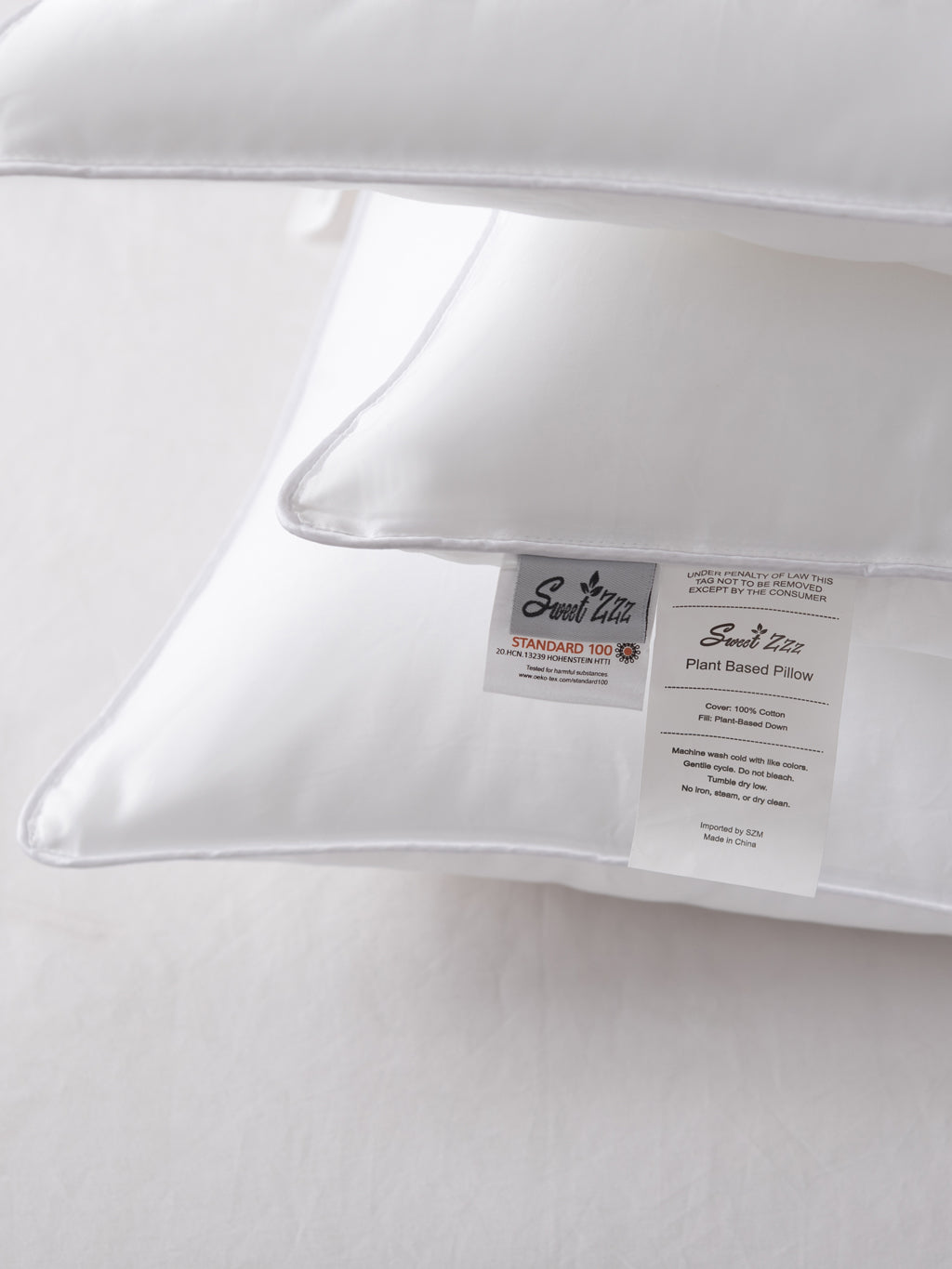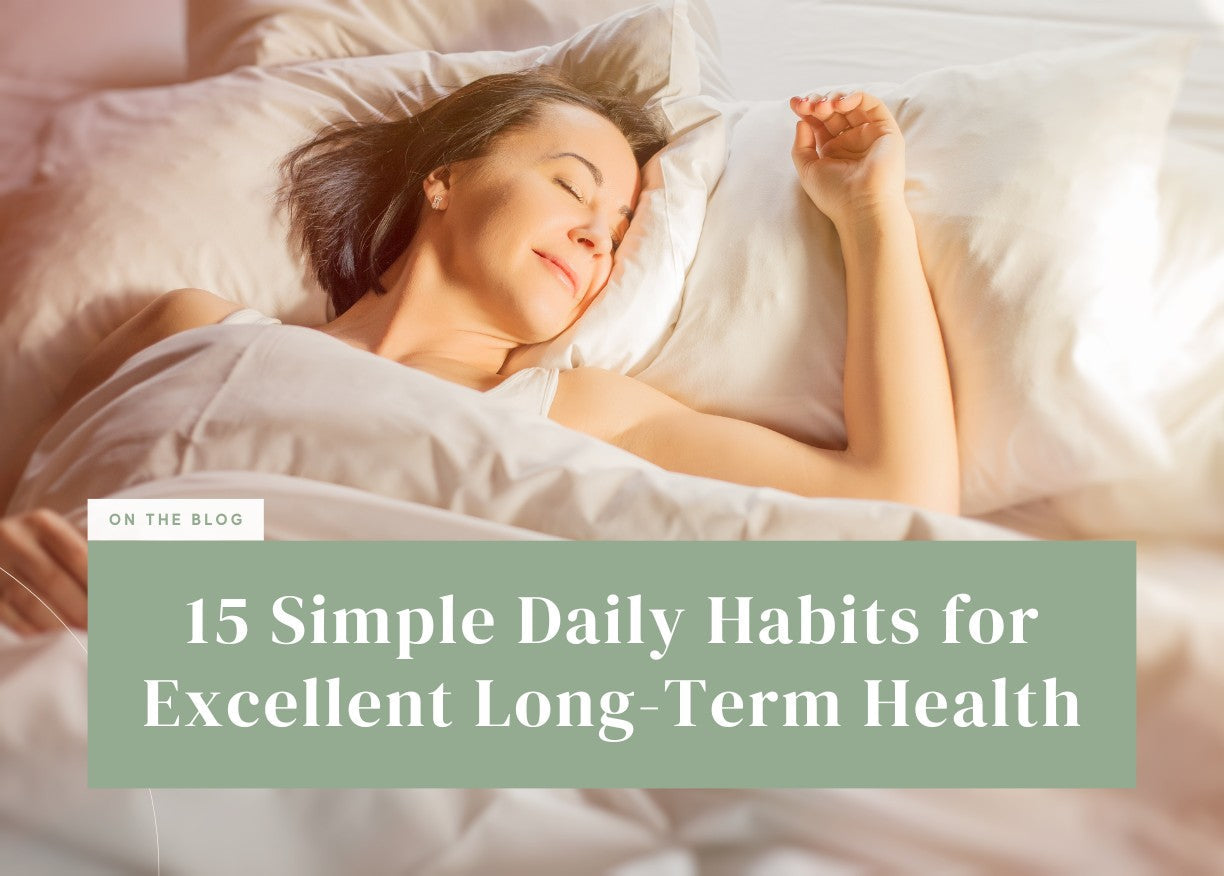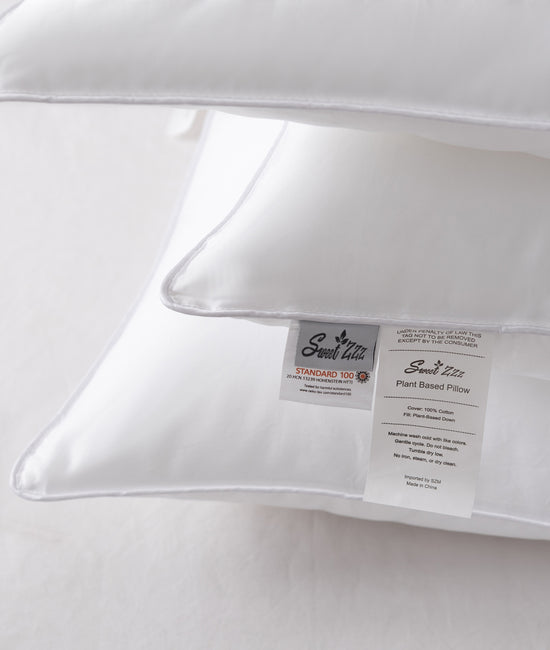10 Easy (and Surprisingly Effective) Ways to Get More REM Sleep
You’re in bed for 8 hours… but you still wake up groggy, foggy, and craving another nap.
Here’s why: not all sleep is created equal. You might be getting hours, but not REM sleep—the deeply restorative stage where your brain processes emotions, repairs memory, and boosts creativity.
And if you’re not hitting enough REM each night? It’s like charging your phone to 40% and expecting it to last all day.
Here are 10 less obvious, science-backed, and totally doable ways to get more REM sleep—starting tonight.
1. Time Your Bedtime Around Your REM Peaks

REM cycles get longer and deeper toward the morning. That means going to bed too late can cut them short.
✅ Try this:
Go to sleep 90 minutes earlier than usual (just for one night) and see how much more rested you feel. This shift gives your body more time to enter multiple REM cycles.
2. Add More Choline-Rich Foods to Your Diet

Choline is a nutrient your brain needs to regulate REM and dream intensity.
✅ Found in:
-
Eggs (especially yolks)
-
Salmon
-
Shiitake mushrooms
-
Broccoli
-
(Or try a clean choline supplement)
More choline = deeper REM and more vivid dreams.
3. Do 10 Minutes of Visualization Before Bed

Instead of mindless scrolling, close your eyes and picture a peaceful scene—like a forest walk, floating on water, or a slow-motion memory.
This activates your brain’s default mode network, helping you slip into REM more smoothly and trigger more creative dreaming.
4. Set Your Thermostat Just Right (But Not Too Cold)

REM sleep requires your body temp to dip slightly. But if you’re too cold, it actually disrupts REM and causes more micro-awakenings.
✅ Ideal REM temp: 65–68°F (18–20°C)
💤 Bonus tip: Use Sweet Zzz Bamboo Sheets—they’re cool, breathable, and moisture-wicking to keep your body in the REM sweet spot all night.
5. Cut Out Alcohol 4 Hours Before Bed

Even one drink suppresses REM—especially in the first half of the night. Most people don’t realize it’s not the quantity of sleep alcohol ruins, but the quality (specifically REM and deep sleep).
Switch to herbal tea, magnesium water, or a mocktail with tart cherry juice (which may naturally support melatonin).
6. Add Movement—But Not After 8 p.m.

People who move their bodies during the day spend more time in REM sleep, according to multiple studies.
✅ Try this:
Do a brisk walk, gentle yoga, or 20 squats sometime before dinner. Evening movement is good—but intense workouts too close to bedtime can delay REM.
7. Write for 5 Minutes to “Clear Brain Tabs”

Your brain can’t enter REM easily if it’s still mentally juggling your to-do list.
✅ Fix it fast:
Spend 5 minutes writing down:
-
What you need to do tomorrow
-
What you’re worried about
-
One thing you’re grateful for
This mini brain dump helps your mind settle into REM-friendly calm.
8. Listen to Music That Mimics Brainwave Patterns

Certain music—especially delta and theta wave frequencies—has been shown to enhance sleep depth and dream activity.
✅ Search for:
-
“Binaural beats for REM sleep”
-
“Theta wave sleep music”
-
Or playlists designed for lucid dreaming (yes, really!)
Bonus: It also helps reduce anxiety before bed.
9. Sleep on Your Side or Back (Stomach Sleep Reduces REM)

Stomach sleeping may reduce REM sleep due to restricted breathing and added neck strain. If you’re stuck in this habit, try training yourself to sleep on your side using a body pillow or support pillow under your knees.
✅ Need support? The Sweet Zzz Plant Based Pillow helps align your head and neck in both side and back positions, making it easier to stay comfortable and still through all sleep stages.
10. Wake Up at the Same Time Every Day (Even Weekends)

Your body needs a consistent rhythm to optimize REM. Irregular wake-up times can throw off your entire sleep architecture, especially REM-rich phases in the morning.
✅ Best practice:
Stick to the same wake-up time 7 days a week—even if you go to bed later. Your body will start to maximize REM during the available time.
Final Thoughts: Less Sleep Isn’t the Problem—Less REM Is
You don’t need more sleep. You need better-quality sleep. And REM is the most important piece you’re probably missing.
Try just 2–3 of these tips this week and watch what happens—not only in your sleep, but in your mood, memory, creativity, and energy.
At Sweet Zzz, we design products that support your brain and body through every stage of sleep—from dozing off to REM and back again. Because great sleep isn’t about just clocking hours. It’s about what happens while you rest.






